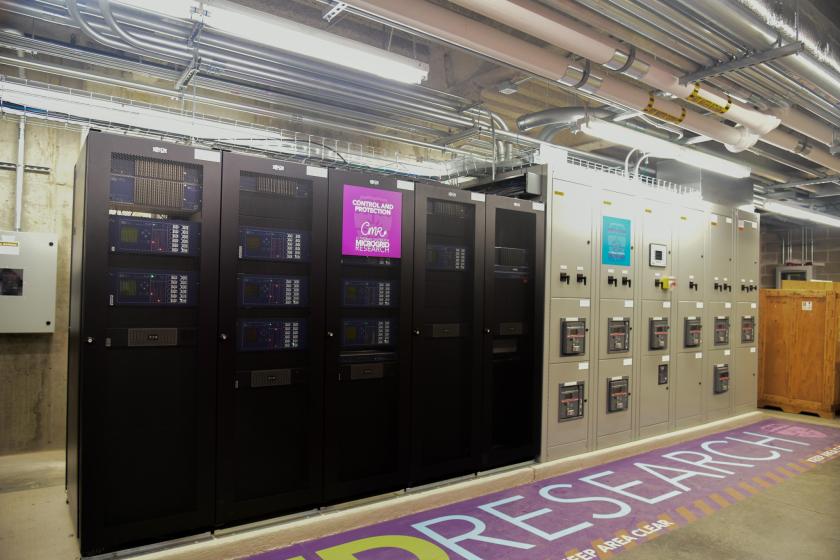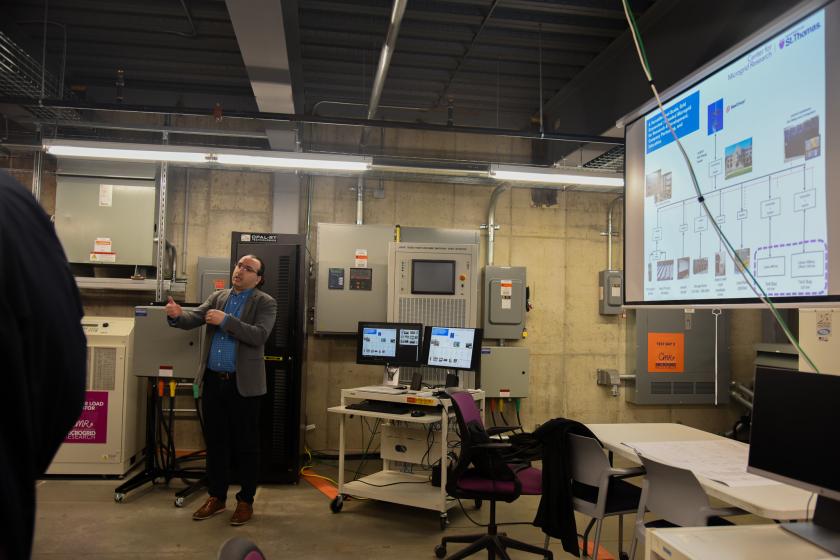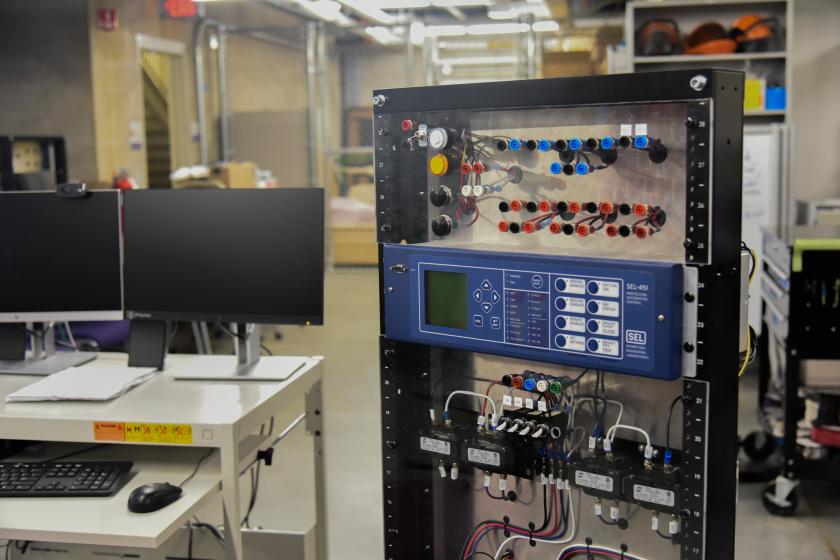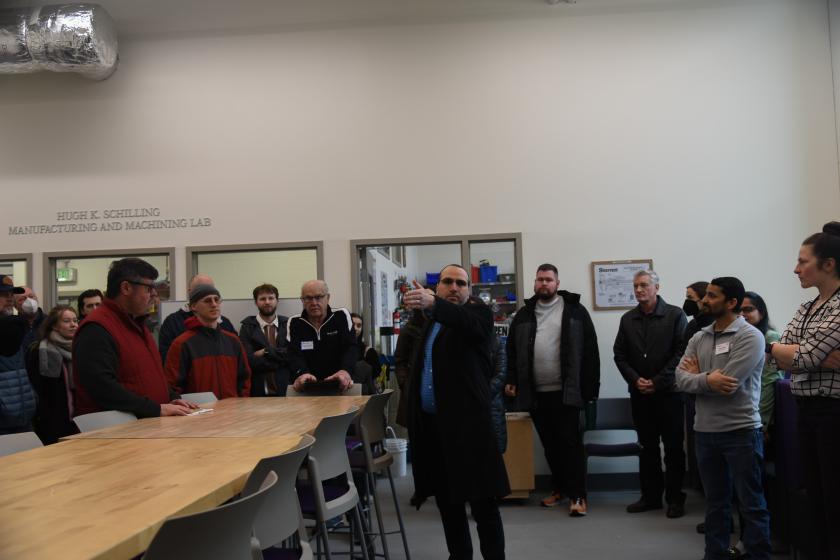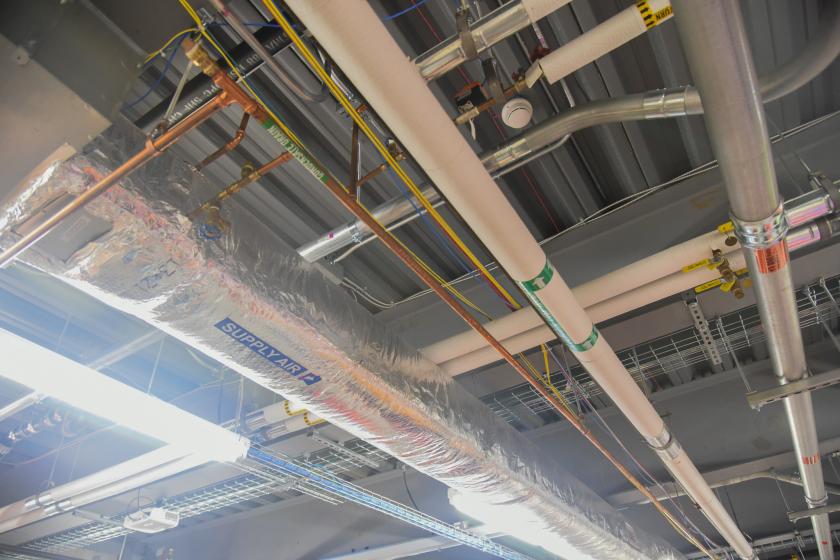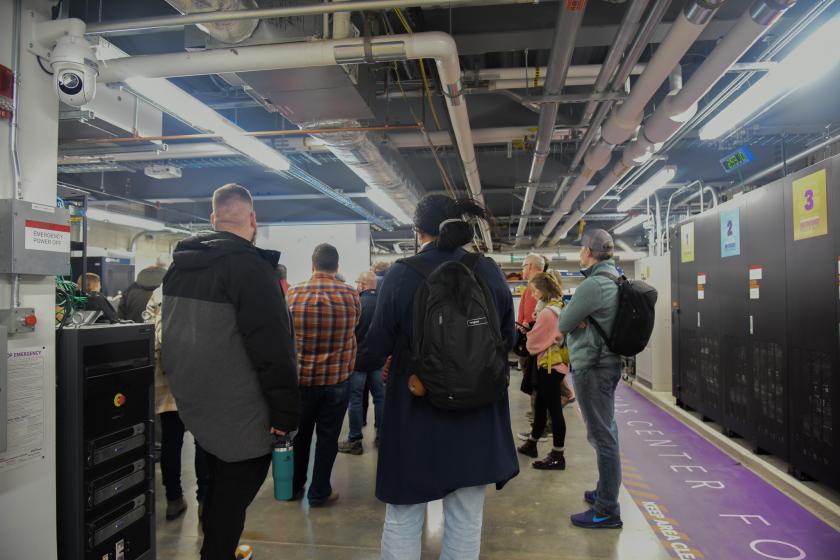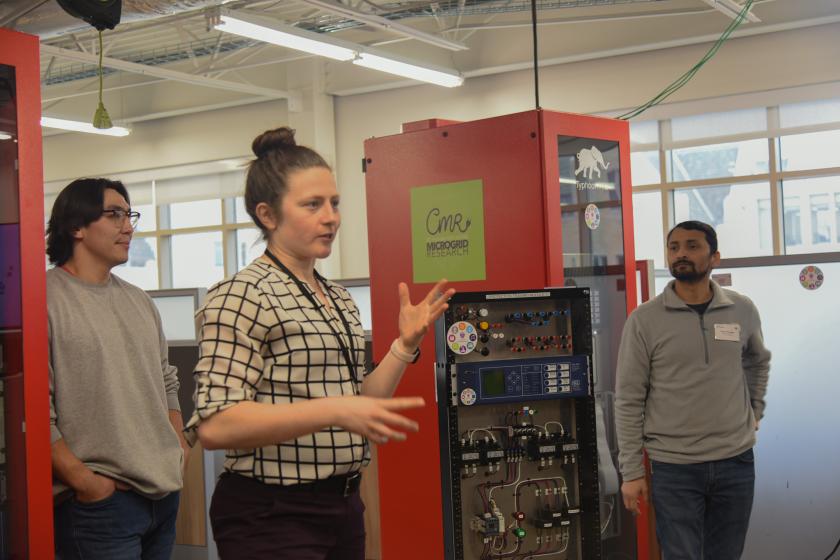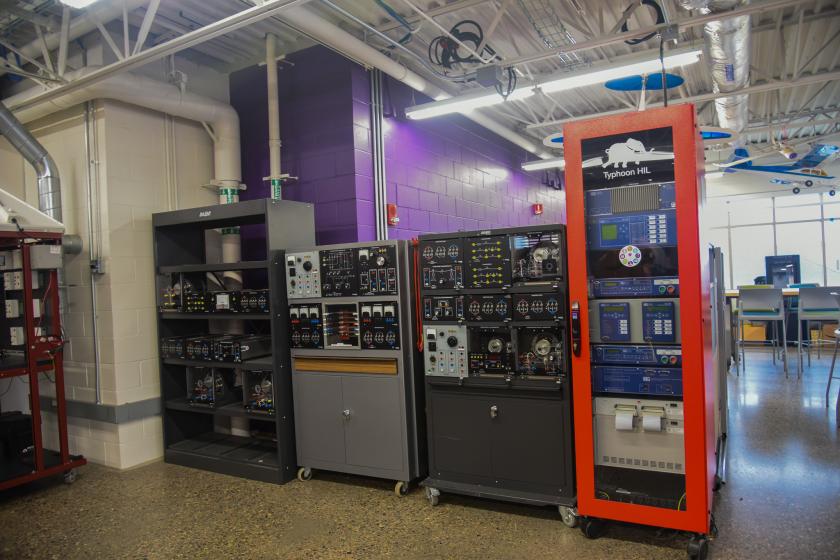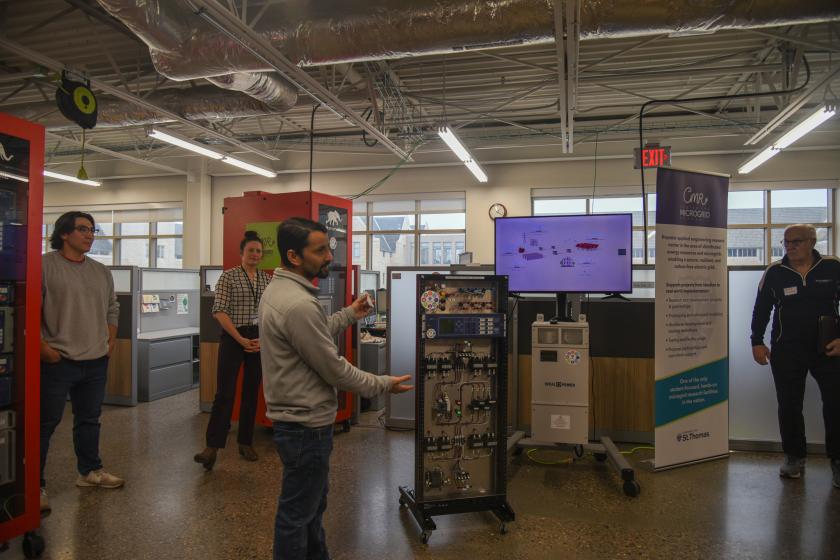Q: What is the current level of interest in building out more resilience hubs around the Twin Cities?
(Bharat) The City hopes to use the first cohort of three resilience hubs at Sabathani, Minneapolis American Indian Center, and the North Mpls Public School buildings as a roadmap to help develop future Hubs in Minneapolis, MN, and the country. We hope to expand and create a Resilience Hub network as projects progress. Other community-led initiatives around Minneapolis, including in East Phillips and North Minneapolis, are pursuing projects that fit the resilience hub model. The Minneapolis Health Department would want to support these independent initiatives to help build capacity.
Q: What does the future of the supply chain look like?
(Nick) Not encouraging, at least in our industry. Our vendors are telling us that across all other industries, the supply chain situation is trending in the right direction, largely because of the slowing economic conditions worldwide. Not in the electric industry, however. This is mostly due to capacity constraints on manufacturing and materials needed in our industry. As a result, the lead times are almost unbelievable, prices are high and are never coming back down, and the long-term commitments we are being asked to make in some cases just to get the materials we need to run our business are in some cases staggering.
Q: Are you aware of efforts to approach grid overload issues from an educational and behavioral incentives approach?
(Nick) Connexus Energy expertly plans distribution grid investments in anticipation of our members—proactively identifying both transformers as well as overhead and underground lines that are in need of service or upgrades. One of our most popular member programs is Peak Time Rebate, a behavioral incentive that pays members to conserve energy during times of peak load on the grid. In total, Connexus Energy manages a portfolio of stackable demand response programs, giving us nearly 50 megawatts of flexible capacity when we need it.
Q: How many other distribution people think like you? Why didn't the load on peak days go up very much? Do you expect better behind-the-meter buy-in?
(Nick) Connexus Energy is in a unique position because a) we have an uncommonly deep understanding of our data and b) we are no longer beholden to a legacy generation & transmission contract or G&T assets like other utilities are, so that probably explains our perspective. Remember that the distribution feeder I showed has EV load but also strong behind-the-meter solar penetration. So the fact that the overall peak demand didn’t go up very much shows two things: 1) that solar output offsets quite a bit of the charging demand, and 2) that there is more diversity in EV charging (at the grid level) than one might expect. The data tells the story.

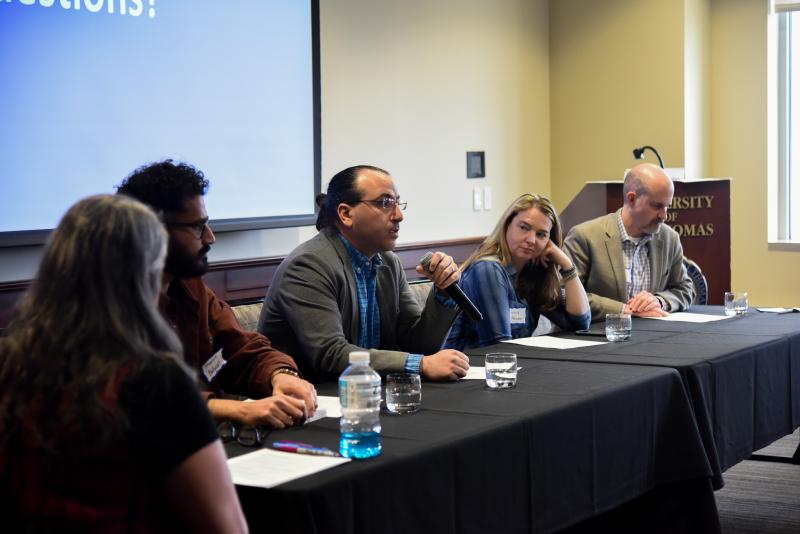
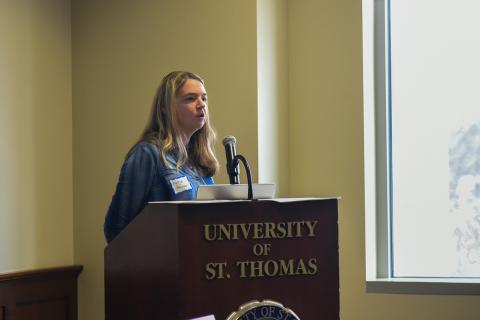 Atkinson is a global speaker on innovative grid architecture and management, and her company develops software for grid operators and energy providers. She argued that the way many people are thinking about improving capacity on the grid right now is just ‘bigger-ing’ the current system, which translates to deploying more physical (and expensive) infrastructure. Rather, a more cost- and time-effective approach is to make the current infrastructure we have more flexible and demand-responsive.
Atkinson is a global speaker on innovative grid architecture and management, and her company develops software for grid operators and energy providers. She argued that the way many people are thinking about improving capacity on the grid right now is just ‘bigger-ing’ the current system, which translates to deploying more physical (and expensive) infrastructure. Rather, a more cost- and time-effective approach is to make the current infrastructure we have more flexible and demand-responsive. 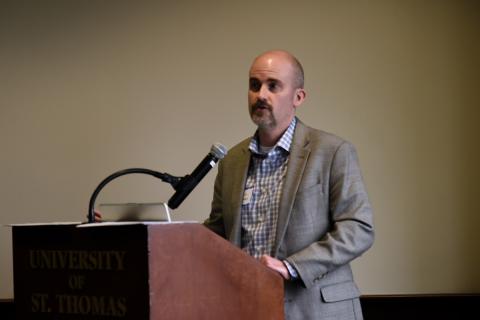 Connexus is the Midwest’s largest electric co-operative, and a leader in renewable deployment and grid reliability. Loehlein discussed a handful of innovative storage projects Connexus is developing to advance these goals, including a substation-sited battery storage project in Vadnais Heights, the first in the U.S. Battery storage will be important for utilities as they continue to site renewable energy projects, as it will allow time-variable energy resources like wind and solar to be captured and stored during peak production hours, and then to be discharged during peak demand consumption hours for use by their customers.
Connexus is the Midwest’s largest electric co-operative, and a leader in renewable deployment and grid reliability. Loehlein discussed a handful of innovative storage projects Connexus is developing to advance these goals, including a substation-sited battery storage project in Vadnais Heights, the first in the U.S. Battery storage will be important for utilities as they continue to site renewable energy projects, as it will allow time-variable energy resources like wind and solar to be captured and stored during peak production hours, and then to be discharged during peak demand consumption hours for use by their customers. 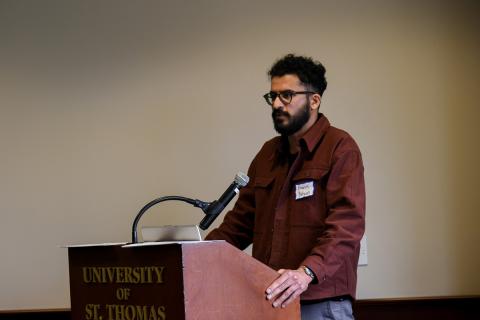 Based on a pioneering concept model from Baltimore, the City of Minneapolis is developing three ‘Community Resilience Hubs’ across North and South Minneapolis. The City states the goal for these hubs is to “strengthen the resilience of the Minneapolis community in times of crisis and in daily life.” Balyan presented that these hubs will include solar and battery storage back-ups, for community access to electricity during emergencies, but are intended to be much more in order to encompass what community-defined resilience means. Resilience hubs elsewhere operate as community spaces, offering preparedness training, venues for communications and education, and to share services and programming.
Based on a pioneering concept model from Baltimore, the City of Minneapolis is developing three ‘Community Resilience Hubs’ across North and South Minneapolis. The City states the goal for these hubs is to “strengthen the resilience of the Minneapolis community in times of crisis and in daily life.” Balyan presented that these hubs will include solar and battery storage back-ups, for community access to electricity during emergencies, but are intended to be much more in order to encompass what community-defined resilience means. Resilience hubs elsewhere operate as community spaces, offering preparedness training, venues for communications and education, and to share services and programming. 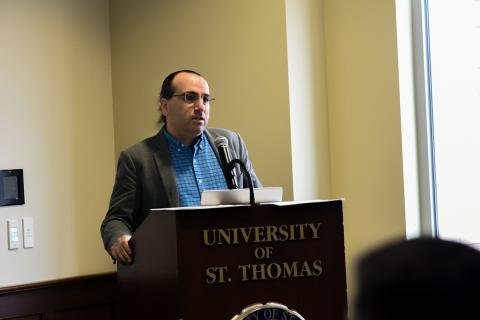 Microgrids are localized energy systems that can operate while connected to the grid (in ‘grid-mode’) AND without the grid (in ‘island-mode’) and can seamlessly transition between the two modes. This allows for more resilient grids, as they can accommodate all different types of energy resources, and can keep power running in island-mode, even if the broader grid is down. The Center provides state-of-the-art hands-on experience and research opportunities in order to produce the next generation of microgrid engineers and technology leaders. The Center has plans to develop two more microgrids on campus to create “the world’s first networked microgrid for urban infrastructure reliability and resiliency demonstration.”
Microgrids are localized energy systems that can operate while connected to the grid (in ‘grid-mode’) AND without the grid (in ‘island-mode’) and can seamlessly transition between the two modes. This allows for more resilient grids, as they can accommodate all different types of energy resources, and can keep power running in island-mode, even if the broader grid is down. The Center provides state-of-the-art hands-on experience and research opportunities in order to produce the next generation of microgrid engineers and technology leaders. The Center has plans to develop two more microgrids on campus to create “the world’s first networked microgrid for urban infrastructure reliability and resiliency demonstration.”